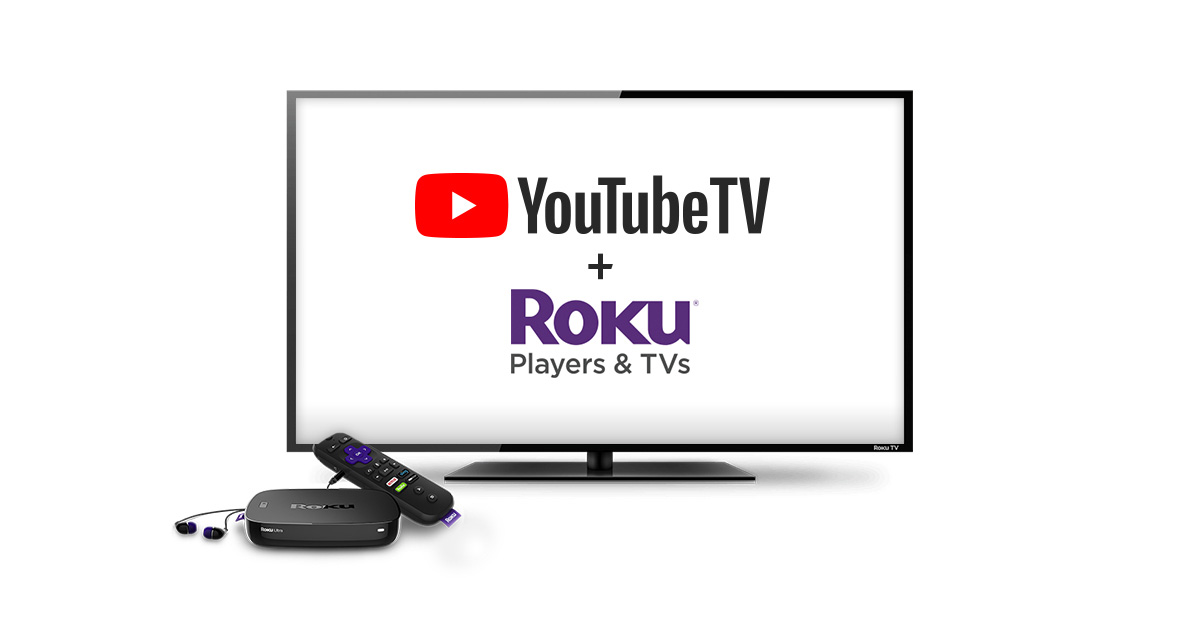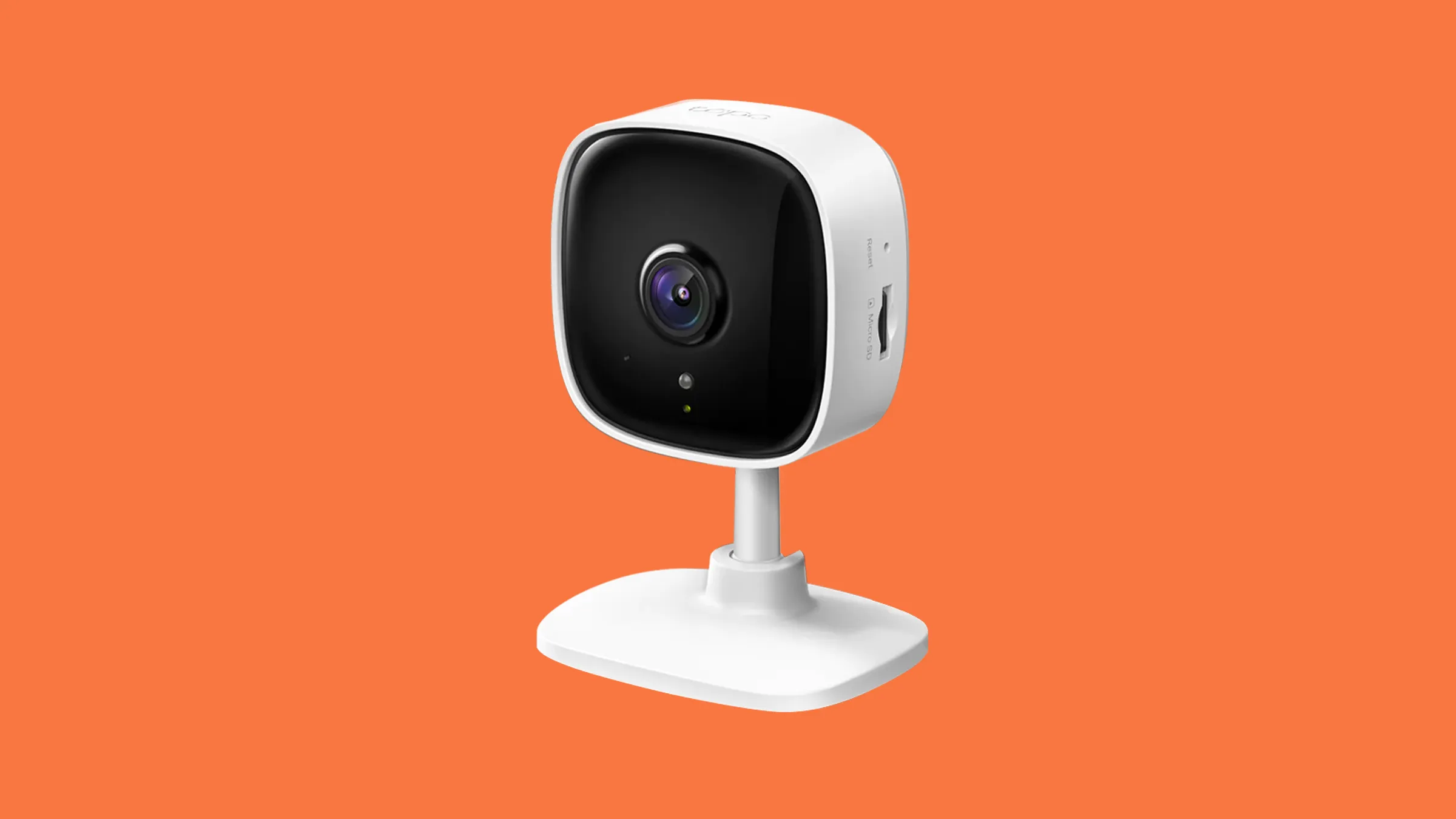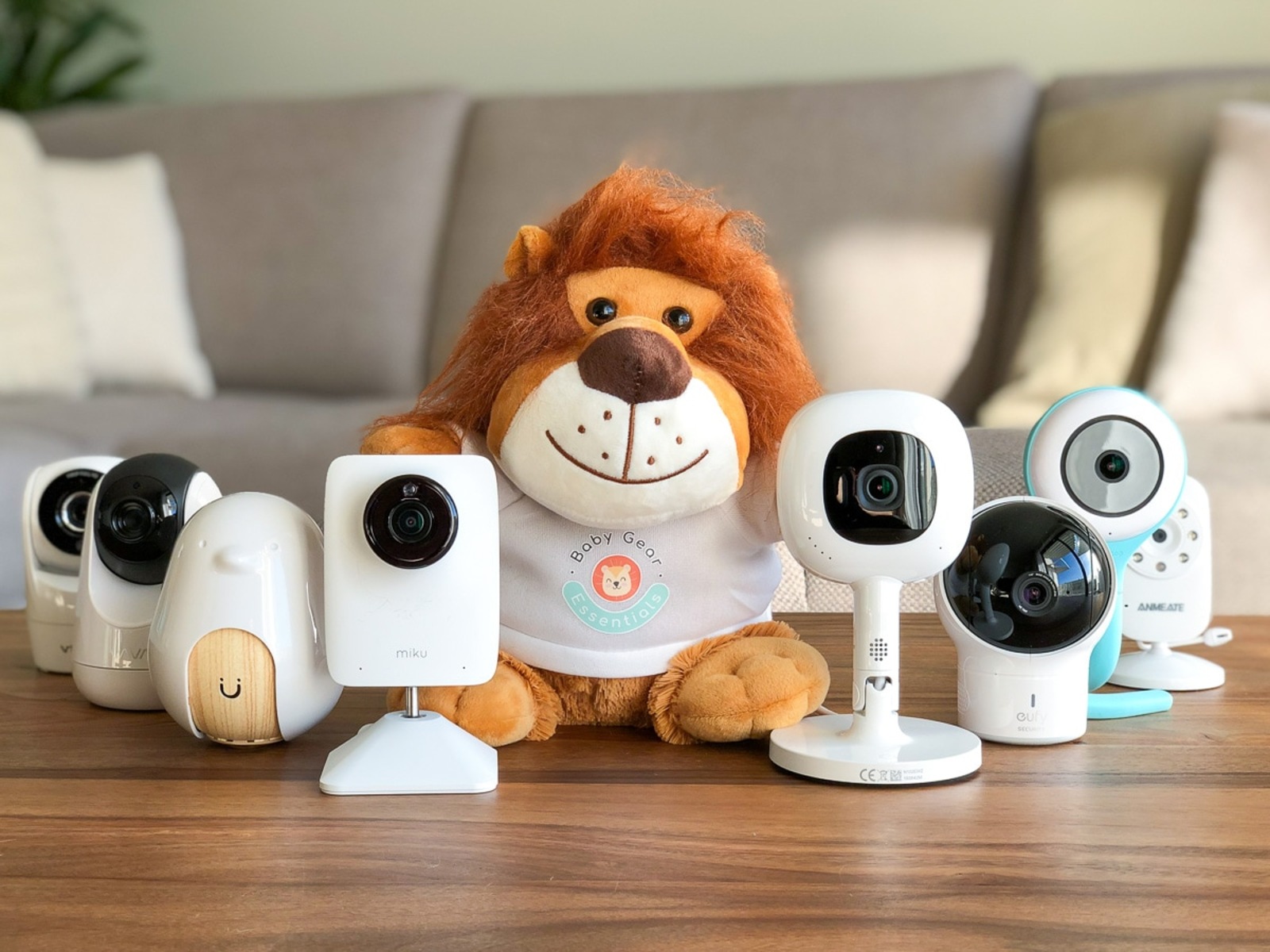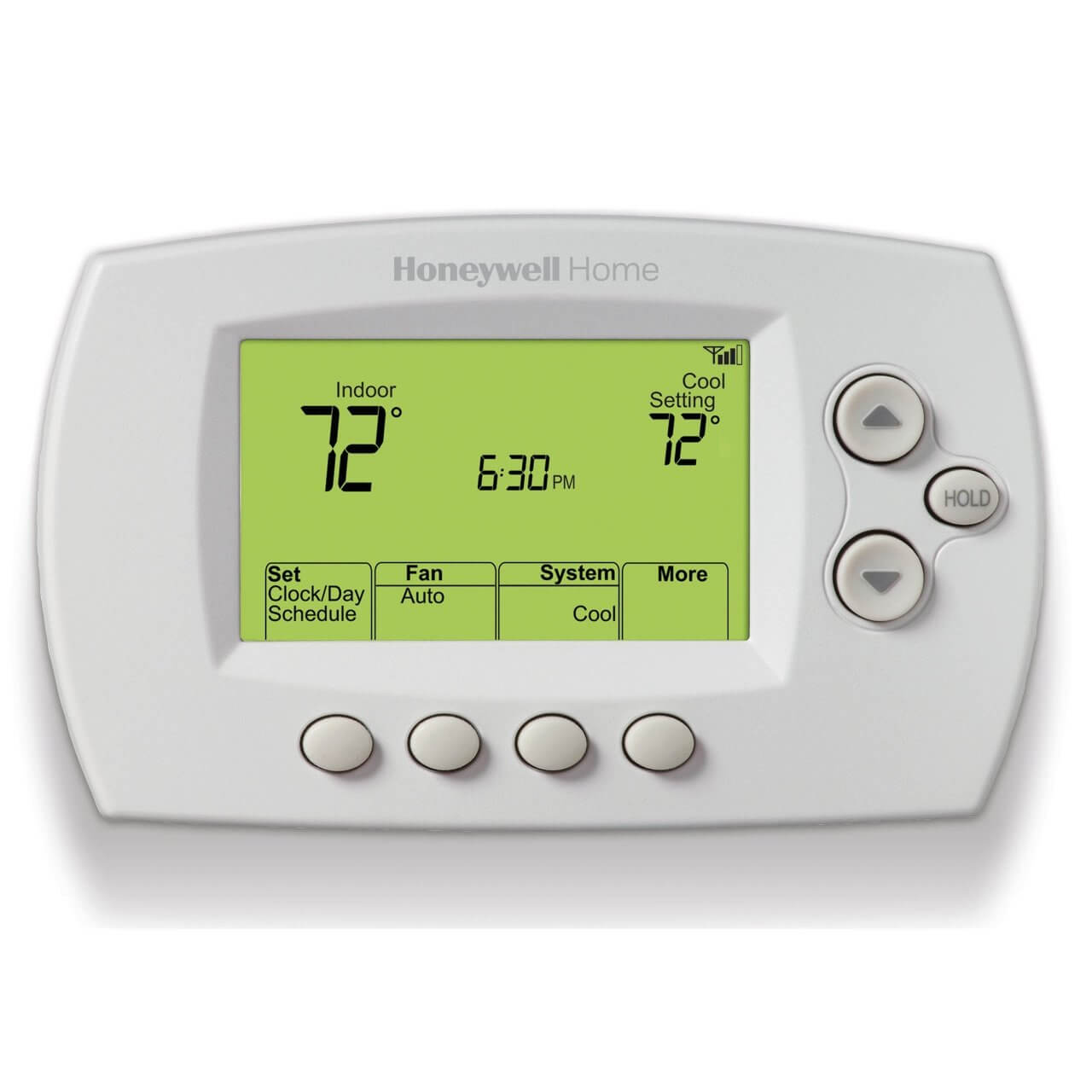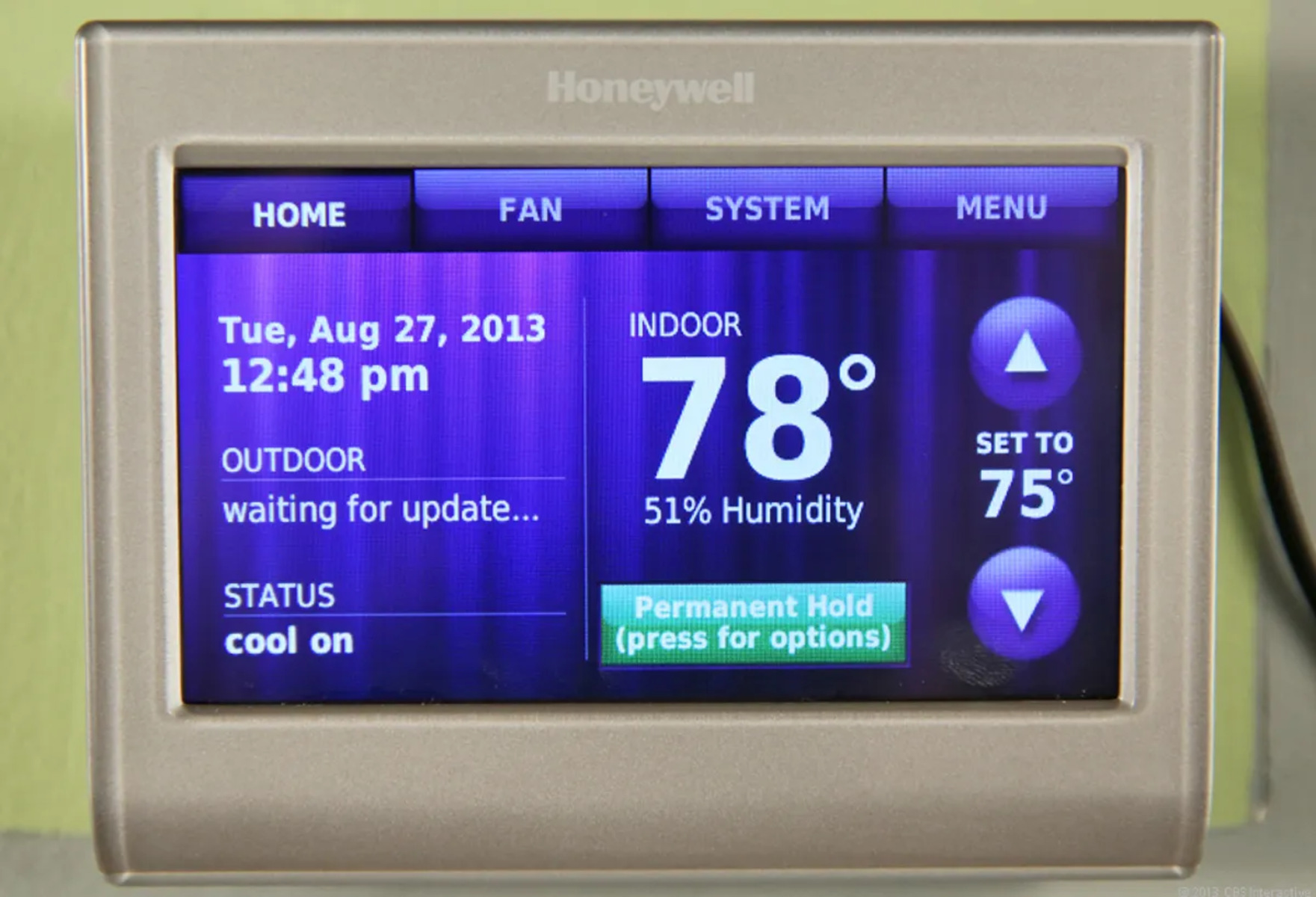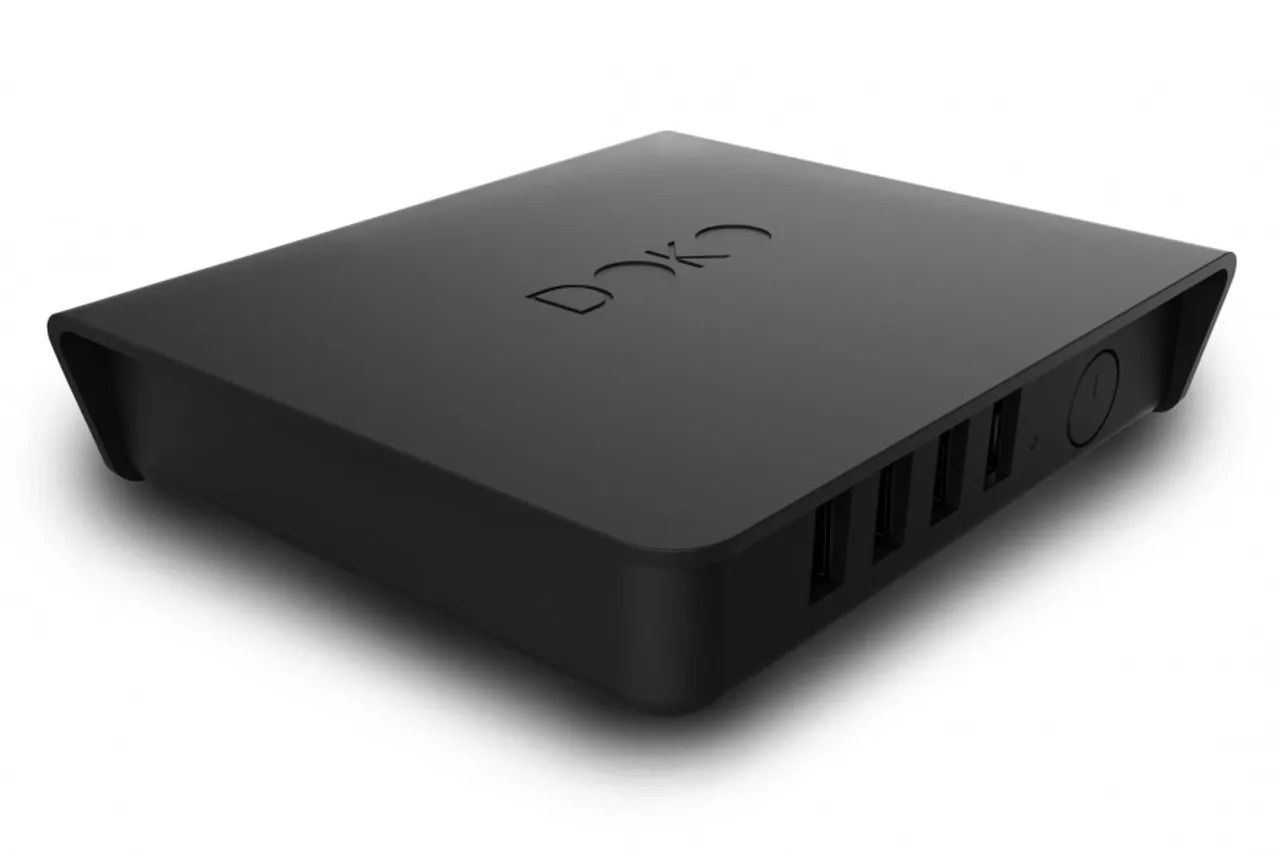Out of the box, Apple’s Vision Pro doubles as a 4K Mac virtual display, allowing you to extend an existing Mac desktop to the device’s spatial computing environment. A new app called Splitscreen takes things a step further, by allowing you to add a second macOS display to your Vision Pro — even if it uses a different Apple ID.
Key Takeaway
Splitscreen, a new app for Apple’s Vision Pro, allows users to add a second macOS display, enabling enhanced multitasking and productivity within the VR/AR environment. The app is developed by a team experienced in creating utilities for iOS and aims to address the need for multiple displays in professional workflows.
Enhanced Multitasking with Splitscreen
Such an app could prove valuable for multitaskers who want to use more than one Mac computer with their Mac Virtual Display in the Vision Pro — for instance, one for work and one for personal use. With Splitscreen, you can effectively create the feeling of having a multiple monitor setup, but inside the VR/AR environment.
Developers and Their Vision
The app hails from indie developers, Mathijs Kadijk and Tom Lokhorst, who built an iPhone-to-Mac mirroring app Bezel (as a developer team called Nonstrict), and Bruin, who offers a suite of utilities for iOS, along with other apps, like allergy scanner Soosee and health app PosturePal under the developer account Good Snooze. Kadijk says they took their learnings from Bezel to help build Splitscreen along with Bruin.
Challenges and Future Plans
Bruin tells us the team came up with the idea for the app as each of them already had two different displays connected with their MacBook Pros. “When we tried Mac Virtual Display on our Vision Pro we liked the portability, but we missed our two other displays. And since a lot of the Mac apps we rely on in our day-to-day life are not available on visionOS we wanted to scratch our own itch,” he says. The app doesn’t work on Intel Macs, as it relies on the HEVC video codec to send over video data for the time being. A later update will add support for Intel Macs in the future, though.









